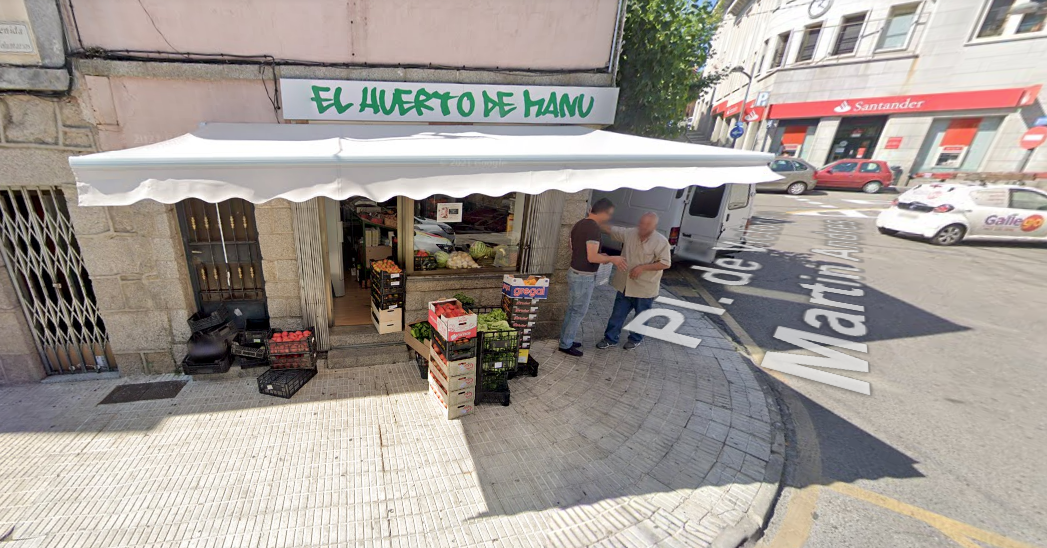
Investigators had tracked the man to a town in Spain, and an image found online confirmed that the police were on the right track.
ROME — Ever since he broke out of Rome’s Rebibbia prison 20 years ago where he was facing murder charges, Gioacchino Gammino had managed to evade capture. He fled to Spain, changed his name and cut off ties with his family, creating a new life for himself, at one point working as a chef in an Italian restaurant.
But last month, Italian investigators finally tracked down Mr. Gammino, 61, in a town northwest of Madrid, thanks in part to an unlikely tool: Google Maps.
“They say that fortune favors the bold,” said General Nicola Altiero, deputy director of Italy’s Antimafia Investigation Department, which carried out the operation with prosecutors in Palermo, explaining how investigators used Google Maps and Street View to help them track down Mr. Gammino, a Sicilian who was on Italy’s most dangerous fugitives list.
Investigators in Palermo declined to say how they had traced Mr. Gammino to Galapagar, a town near Madrid, saying that aspects of the case were still part of an ongoing inquiry.
But General Altiero was more forthcoming, explaining how investigators had used the Google tools to look up a fruit and vegetable store — “El Huerto de Manu” — that they believed could have ties to the fugitive, and happened upon an image of a man standing in front of the store.
The man in the image had the same size and build as Mr. Gammino, General Altiero said, and investigators noticed that the store shared the same telephone number as a nearby restaurant — “La Cocina de Manu” — that had closed some years ago.
But its social media pages remained online, including one with a photograph of the restaurant’s chef standing next to a wood-burning pizza oven.
Investigators applied age-progression technology to an old photo of Mr. Gammino to get a sense of what the fugitive would have looked like after 20 years, and identified the chef as the wanted man, General Altiero said.
Italian investigators contacted the Spanish police unit that hunts fugitives, and on Dec. 17, Mr. Gammino was arrested while he was walking on the street. General Altiero said there had been other breaks in the two-decade investigation, but that the discovery using the Google tools had been key to the rapid arrest of Mr. Gammino.
“Seeing the image on Google Maps was a bit of luck, but in any case we had other evidence that would have eventually led us to him,” General Altiero said. “Google Maps got us there faster.”
Mr. Gammino first fell afoul of the law in the 1980s when he was investigated for drug trafficking. Investigators believe he was a member of a “stidda” clan based in Campobello di Licata, a town east of Agrigento, Sicily. The stidda, which means star in Sicilian, drew from the ranks of mobsters that in the 1980s began rebelling against the leaders of the Sicilian Mafia, the Cosa Nostra. A turf war between the stidda and Cosa Nostra in the 1990s left some 200 people dead, according to a statement issued by the Antimafia Investigation Department announcing Mr. Gammino’s arrest in Spain.
Mr. Gammino was then arrested in 1999 on charges of murder. He was awaiting trial in Rebibbia prison in Rome when, on June 26, 2002, he is believed to have walked out the prison’s front door, taking advantage of the bustle created by film crews during the shooting of a scene for a TV series. During his years on the run, he was convicted of murder in absentia and a European arrest warrant was issued for him in 2014.
A prosecutor in Palermo declined to say whether Mr. Gammino was involved in illegal activities in Spain.
Mr. Gammino is expected to be extradited to Italy in the next few weeks to serve a life sentence, investigators said.


























